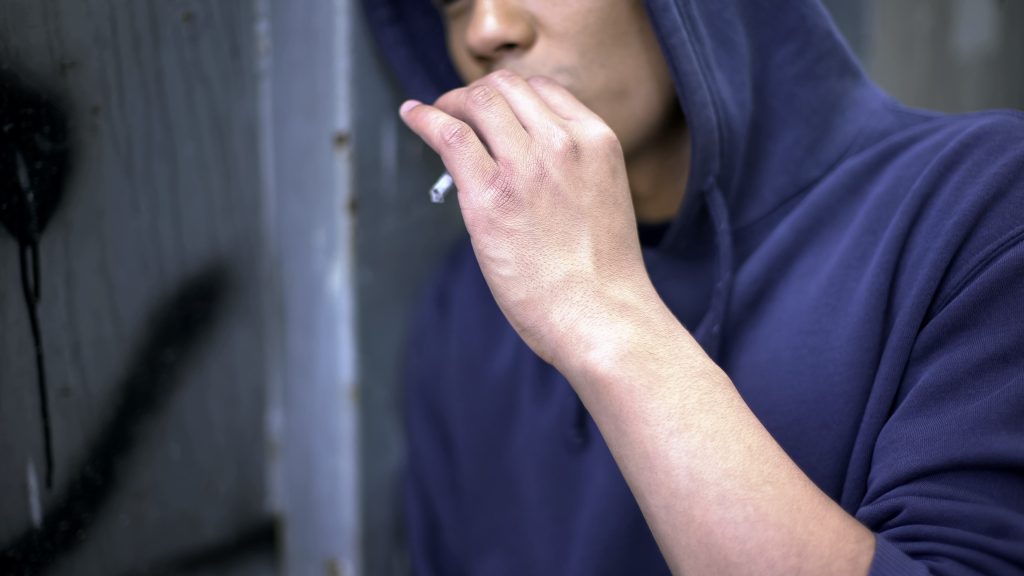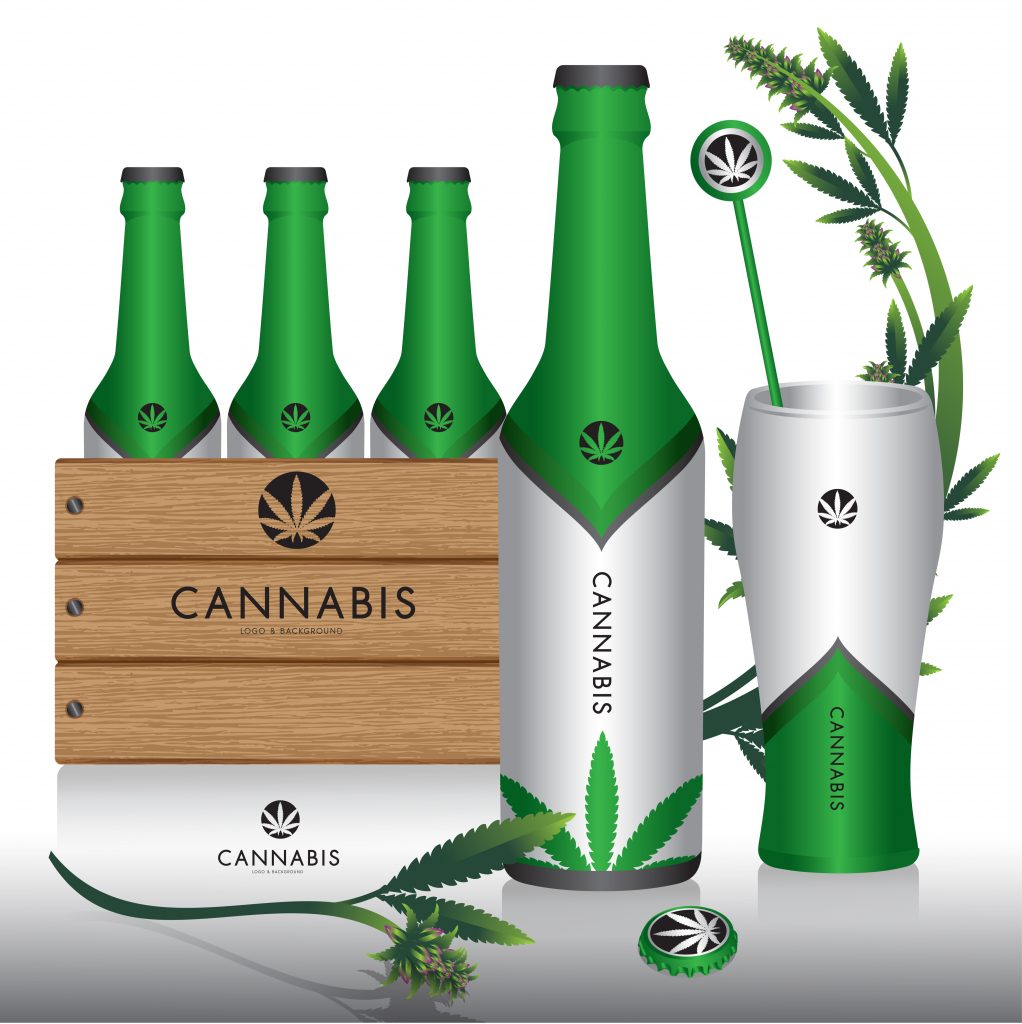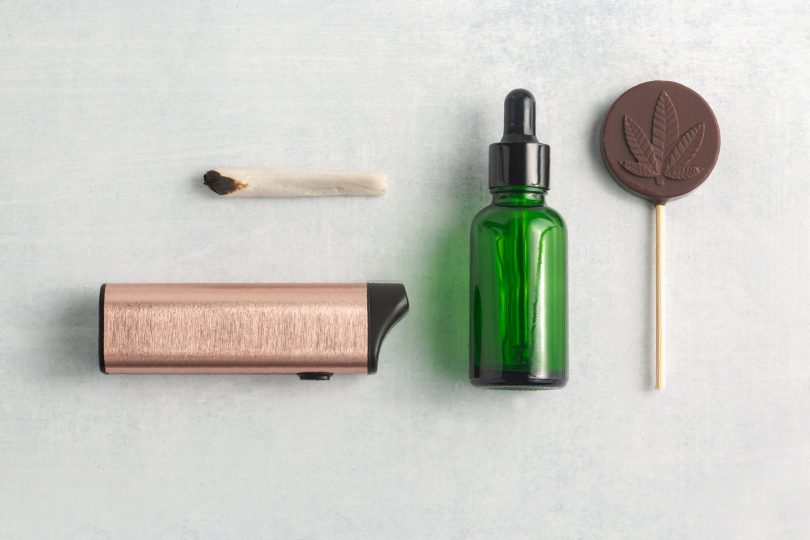The marijuana industry is not what it used to be. It’s changed in so many ways that it hardly looks the same as it did just a couple decades ago. Some of the biggest motivators for change have been legalizations, and the advent of vapes and edibles, which have worked to greatly transform the general landscape of the cannabis industry.
Vapes and edibles are awesome ways to catch your buzz in life. So if you don’t want to smoke any more joints or take any more bong hits, you’ve got lots of options. You don’t even need for it to be standard weed. There are so many possibilities from delta-8 THC, to hemp-derived delta-9, to THCV, that you can get a vape and gummies, of your very favorite compound. Take a look at out deals for delta-8 THC and more, and figure out which kind of product works best for you. Make sure to subscribe to The THC Weekly Newsletter. Also save big on Delta 8, Delta 9 THC, Delta-10 THC, THCO, THCV, THCP & HHC products by checking out our “Best-of” lists!
How legalizations changed the cannabis industry
First and foremost, whereas cannabis may have been used throughout much of known history, it was decidedly prohibited nearly worldwide for almost 100 years now. Prior to this recent 100 years, which legislatively started in the US with the 1937 Marihuana Tax Act, hemp was a stable industrial material, and cannabis as a medicine had been used extensively, with written records dating back to China in 1500 BC, when cannabis was drank as a tea.
Cannabis has been smoked all over the world, but it wasn’t much smoked in the US prior to prohibition. Which means, one of the things to come out of the time of prohibition, was actually smoking cannabis, and not just ingesting it by way of medicine. This obviously doesn’t mark the beginning of cannabis being smoked worldwide or historically, but it does mark the beginning of it being smoked (en masse) in the US. Funny how that came out of laws to prohibit its use entirely.
Legalizations have also meant open recreational markets, and this means weed products on store shelves. I’d say ‘dispensary shelves’, but the reality is that with CBD being widely accepted, and with a bunch of cannabis compounds being marketed outside of regulation, it’s quite possible to get cannabis products off of many store shelves, not just official dispensaries. Though this was true of life before prohibition, at least to a degree, it certainly isn’t a practice that was experienced in the lifetime of people today until laws started changing.

Legalizations have also helped to change public opinion, though which comes first is a rather chicken and egg conundrum, as they influence each other. A decade ago, and back through almost a century, getting weed meant meeting a guy that took forever, who’d show up somewhere with rolled up bags of green in his pockets, and then sail off into the night when the transaction was over, always looking over his shoulder. Now, so long as you’re in a legalized location, you can go into a brightly lit store, check through a menu of options, and then pay a cashier for your legal merchandise.
How vapes changed the cannabis industry
The advent of both vapes and edibles have done much to change the cannabis industry of today. Technically neither is new, though, as the use of vaping can be traced back to Egypt in around 1554 BC. At that time, hot bricks or stones were used to create vapors, with henbane specifically mentioned. But that’s ancient history.
The modern history of vaping started with Joseph Robinson’s 1930 patent, though its unkwown if his creation was ever made. It wasn’t until 2003 that Hon Lik, a Chinese pharmacist, made the first viable vaping product through his company Golden Dragon Holdings, redubbed Ruyan. Three years later, in 2006, electronic cigarettes hit US and European markets, kicking off the vaping boom.
According to a Singlecare article which references different research including Gallup polls, as of 2018, 9% of adults used vapes regularly or occasionally. Approximately 27.5% of kids in high school are vaping, and in 2019, a survey reported that more than five million middle school and high school students had used e-cigarettes in the past month. From 2011 to 2018, the number of e-cigarette users went from seven million to 41 million.
In terms of specifically vaping cannabis, a survey from 2019 showed a 3% increase in use of vaporizers among college student smokers, which was up 6% from the year before that. This accounted for college-age kids 19-22. When looking at their non-school-attending counterparts, it went up from 8% in 2018 to 17% in 2019. Now consider that prior to 2003, vaporizers didn’t even exist, and now close to 20% of college-aged kids use them. That’s a pretty different looking cannabis scene.
How edibles changed the cannabis industry
When it comes to how vapes and edibles changed the landscape of the cannabis industry, it can literally be seen. Instead of a bong, pipe, or joint, you can see people puffing away on vaporizers, and better yet, you can’t smell smoke coming out of them. Vapes and edibles have done well to change the visual appeal of what getting high should look like in this industry.

Edibles, much like vapes, have been around for plenty of time, whether talking about tea in China, or Bhang in India. But the idea of it that we know today, started in Paris in the 1800’s, among elitist writers who came together to eat hash brownies at Club des Hachischins. The practice was made more official with the publication of the Alice B. Toklas Cookbook in 1954, Toklas being the life partner of American writer Gertrude Stein. The brownies received even more press in 1968 with the release of Peter Seller’s movie I Love You Alice B. Toklas, which helped propel the idea of weed edibles into the mainstream.
For several decades, the ideas of pot and brownies, or pot and chocolate chip cookies, have gone together, but edibles always played a minor role in cannabis consumption overall. That is until the advent of nanotechnology allowed for nanoemulsions, which has changed how we consume edibles, and how much marketspace they take up. Nanoemulsions allow for opposing liquids – like oil and water – to be forced together, this making for infused foods beyond those using oil-based ingredients like butter.
With nanoemulsion technology, cannabinoids can be infused into anything from sodas to gum to candy, and the gummies market has really taken off as a result. Whereas edibles used to be a barely there thing, something that made an appearance at the random party, they now account for 11% of the marketspace between the states of California, Colorado, Massachusetts, Michigan, Nevada, Oregon and Washington. In fact, these states together showed a 60% increase in edible use through 2020. This information was put out by cannabis analytics company Headset, as part of its 2020 year end cannabis-use data.
Vapes and edibles change how the cannabis industry looks
The entire world of cannabis has a different visual appeal these days, then it did back during prohibition years. Vapes and edibles have made a massive aesthetic impression on the cannabis industry, which goes beyond just how it looks, obviously. Popping a gummy or sucking on a vape have replaced older methods of joints and pipes, though those products are still quite popular too.
The old image of a guy leaning up against a building and smoking a joint still exists, no doubt, but now he’s got a guy to his left smoking oil out of a vape cart, and a guy to his right popping gummies in his mouth. And they’re all getting really high. I remember going to parties years ago and there would be a ton of different pieces of smoking equipment to come out: bongs, bowls, bubblers, blunt papers, joint rolls, chillems, hookahs etc. And maybe a brownie would make an appearance. The last party I was at I passed around a vape as I sat already stoned on a gummy, which I brought more of for friends.
Apart from companies simply growing weed to sell in a dispensary, there are massive products markets that have sprouted up, with all kinds of compounds that can be vaped, and all kinds of edible foods to be eaten. In fact, these modes of ingestion have become so popular that fakes industries have popped up alongside legal ones. This because they are both forms of using cannabis whereby the weed no longer looks or smells like weed, and can therefore be replaced with a synthetic. Often times products are sold claiming to contain THC beyond regulated limits, and which likely are passing off cheap synthetics as the real thing.

These days, dispensaries are spilling out the door with vape products and different kinds of edibles, as they have become important parts of the cannabis industry. By the time I got to a US dispensary, this was already the case, but I remember going to coffeeshops in Amsterdam, where it really was just about the weed. An American dispensary is like an entire supermarket compared to an Amsterdam coffeeshop, thanks in part to the advent of these new products.
Conclusion
The cannabis world has been doing much moving and shaking in the last few years. Some of the biggest changes have come in the forms of vapes and edibles, which have done much to change how the cannabis industry works, and essentially, what products are sold.
Just one decade ago the options seemed so much more limited. Today we have a world of options, a plethora of ingestion methods, and a constantly widening array of products. The weed industry looks very different now than it did in the past, and will likely look even different in the future.
Hello and welcome to CBDtesters.co, your best cannabis and psychedelics-related news publication on the web, providing the most recent and interesting stories from the industry today. Check us out regularly to stay on top of the ever-changing world of legal drugs and industrial hemp, and sign up to get The Delta 8 Weekly Newsletter, and make sure to get every news story first.
Disclaimer: Hi, I’m a researcher and writer. I’m not a doctor, lawyer, or businessperson. All information in my articles is sourced and referenced, and all opinions stated are mine. I am not giving anyone advise, and though I am more than happy to discuss topics, should someone have a further question or concern, they should seek guidance from a relevant professional.









